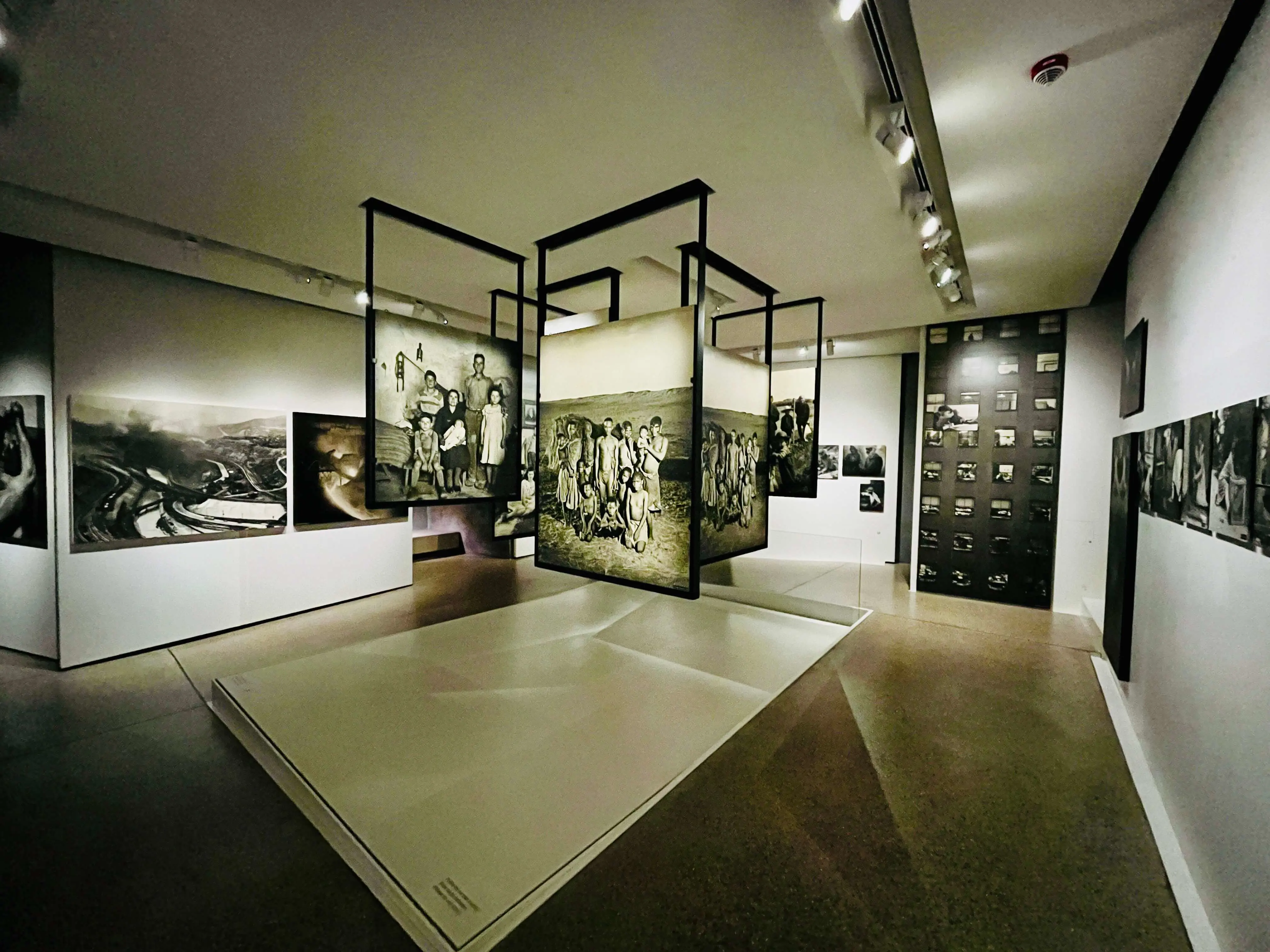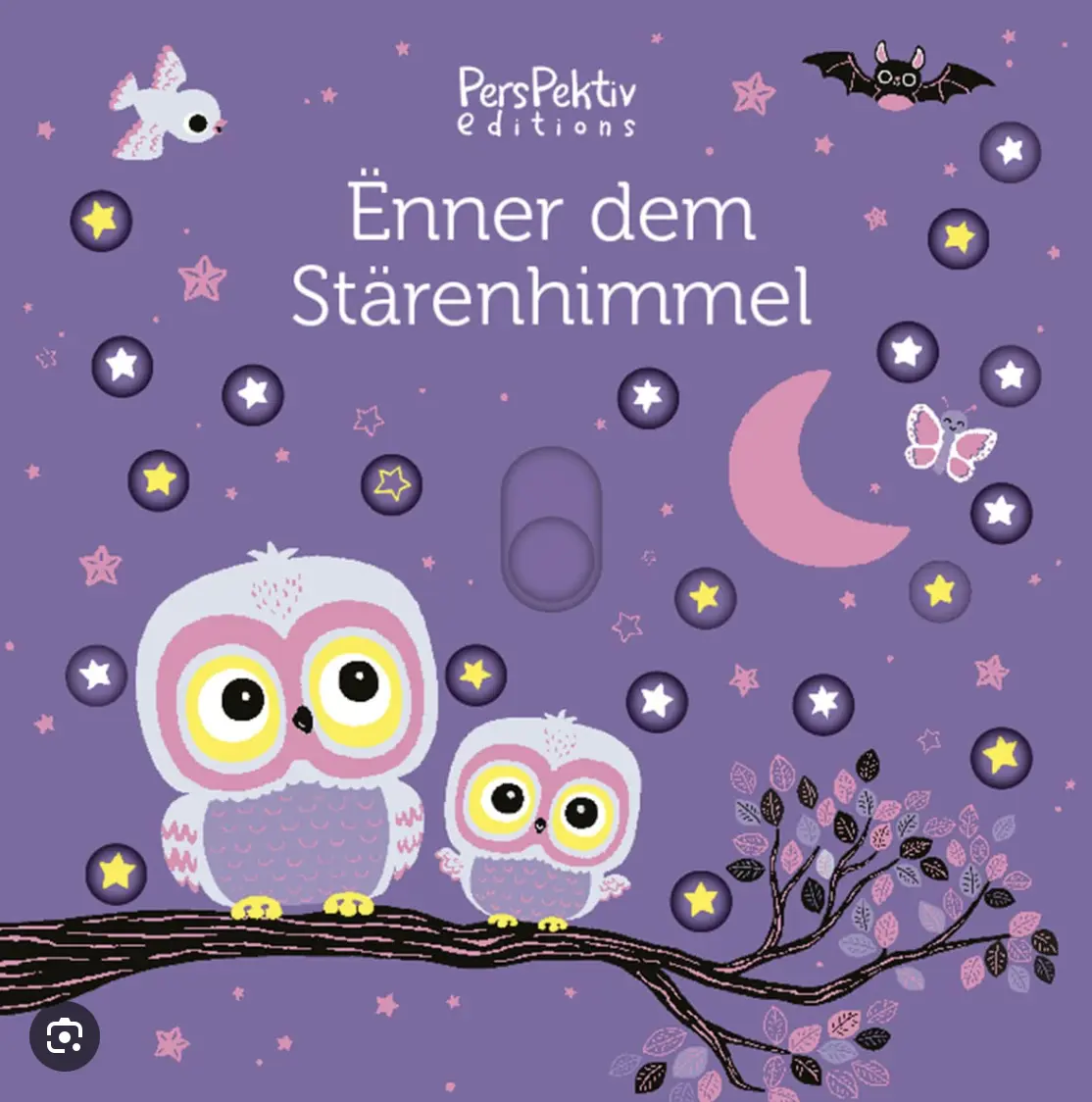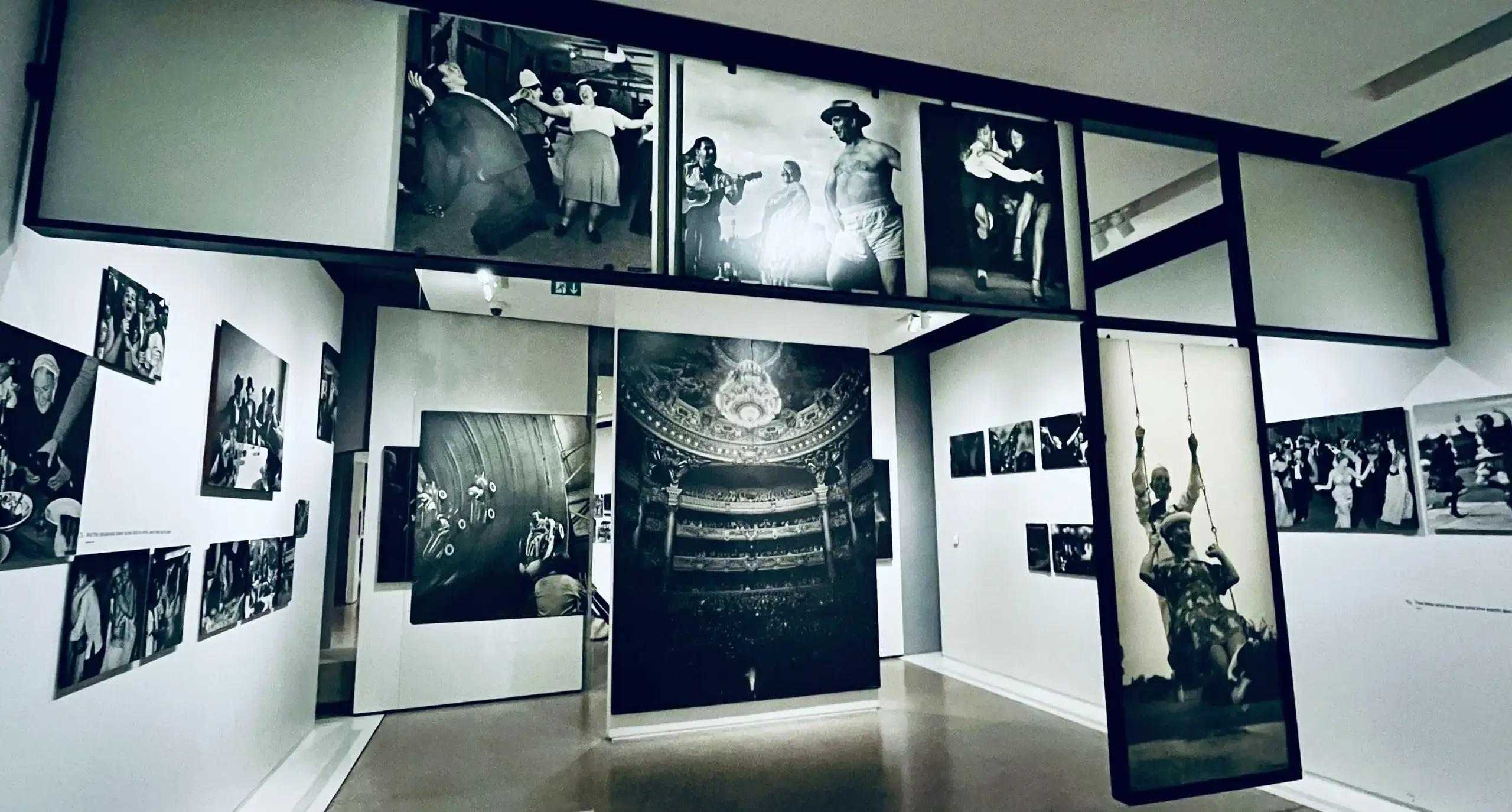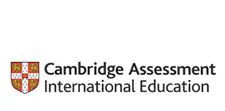News
Inside Luxembourg: Through the Lens of Memory
19 November 2025
By Isabelle Frisch-Koopmans
I have always loved taking photographs – of nature, of people, of fleeting everyday moments. A single photo can say more than a thousand words, but sometimes it feels even more powerful than that. Photographs can be magical: they freeze time, capture emotions we might struggle to describe, and allow us to see beauty in details we might otherwise overlook. They remind us that memory is not only carried in words, but also in images that speak directly to the heart.
This week, I want to share the story of Edward Steichen, a Luxembourg-born photographer whose vision continues to inspire the world.
Edward Steichen (1879–1973) was one of the most influential photographers of the 20th century, a pioneer who shaped both the artistic and social role of photography. Born in Bivange, Luxembourg, on 27 March 1879, he emigrated to the United States when he was 2 years old and went on to become a painter, photographer, curator and visionary who bridged European modernism with American culture. He apprenticed at a lithographic firm at age 15, while studying painting and experimenting with photography.
Steichen embraced pictorialism in the late 1890s, treating photography as fine art. He co-founded the Photo-Secession movement with Alfred Stieglitz and contributed to camera work. His early photographs often had painterly qualities, using gum-bichromate and platinum processes.
Career Highlights
- Paris years: Befriended Rodin and Matisse, bridging European modernism with American audiences.
- World War I: Served in the US Army’s photographic division, shifting to straight photography.
- Fashion photography: Worked for Vogue and Vanity Fair, creating iconic celebrity portraits.
- World War II: Directed naval photography and produced The Fighting Lady (Oscar winner, 1945).
Curator & Visionary
Edward Steichen became Director of Photography at MoMA after the Second World War. He curated landmark exhibitions including:
|
The Family of Man (1955) This monumental exhibition of 503 photographs from 68 countries celebrates universal human experiences. It has been permanently housed at Clervaux Castle since 1994 and was recognised by UNESCO as part of the Memory of the World Register in 2003. The exhibition is open year-round in Clervaux. |
 |
The Bitter Years (1962)
This was Steichen’s final MoMA exhibition, featuring more than 200 photographs from the Farm Security Administration (FSA) project documenting the Great Depression. It was exhibited in Luxembourg from 1967, most recently at the Waassertuerm in Dudelange (2012–2020). Since December 2020, the exhibition is no longer publicly accessible and is preserved in the CNA archives.
🔗 The Bitter Years – Official Website
Steichen's legacy
Edward Steichen helped establish photography as a recognised art form. He is remembered as a bridge between art and documentary, between Europe and America, and between personal memory and collective history. His exhibitions continue to inspire discussions about humanity, empathy and the power of images.
He died on 25 March 1973 in West Redding, Connecticut, just two days before his 94th birthday.
For me, Edward Steichen was not only a photographer but also a cultural ambassador. He showed the world that photography could be both art and testimony, capable of shaping how we see ourselves and each other.

Spotlight activity
For children: Encourage them to take a photo of something that makes them happy and share it as part of their own “Family of Man.”
For parents: A weekend trip to Clervaux offers both cultural enrichment and family reflection.
For teachers: Steichen’s exhibitions are excellent starting points for discussions about empathy, history and art in the classroom.
Recipe of the Week: Judd mat Gaardebounen
Ingredients
Serves 4–6
- 1 kg smoked pork collar (Judd)
- 1 carrot, sliced
- 1 leek, chopped
- 1 bay leaf
- 1 onion, peeled and studded with 3 cloves
- 400 g broad beans (fresh or frozen)
- 30 g butter
- 30 g flour
- 300 ml meat broth
- 100 ml white wine (I prefer Elbling for cooking, as it is the wine my grandma used in traditional recipes. Elbling has a special taste and fits perfectly well.)
- 50 ml cream
- 3 tsp summer savoury (Bounekräitchen)
- Fresh parsley, finely chopped (my addition for brightness)
- Salt and pepper
- Boiled potatoes (to serve)
- A spoon of Luxembourgish mustard (optional, but we like it with the meat)
Preparation
- Prepare the meat: Place the smoked pork collar in a pot of cold water, bring to a boil, then drain. Refill with fresh water, add carrot, leek, bay leaf and the clove-studded onion. Simmer gently for about 2 hours. Keep the broth for the sauce.
- Make the bean sauce: Melt butter in a saucepan, stir in flour and cook until lightly golden. Whisk in white wine, then gradually add about 300 ml of meat broth. Stir in cream, summer savoury and broad beans. Season with salt and pepper.
- Add a personal touch: Just before serving, sprinkle fresh parsley into the bean sauce for colour and freshness.
- Serve: Slice the pork collar, arrange on plates and ladle aside the creamy bean sauce. Serve with boiled potatoes and a spoonful of mustard on the side for the meat.
Isabelle’s twist
- Parsley adds a fresh green note that balances the richness.
- Luxembourgish Elbling in the sauce gives a subtle local flavor.
- Luxembourgish mustard on the side makes the dish lively and lets each person adjust the taste.
Children's Book Corner
Ënner dem Stärenhimmel
By E Hayashi
|
Publisher: Perspektiv Editions, Steinfort Language: Luxembourgish ISBN: 978-2-919813-88-9 Age group: 2–6 years |
 |
This poetic picture book invites young readers to gaze at the night sky and imagine the stories hidden among the stars. With gentle language and evocative illustrations, it encourages quiet reflection and wonder, just as Edward Steichen’s photography captured fleeting beauty and emotion.
For children: Read together, then step outside to spot constellations or draw your own “star story”.
For parents: A calming bedtime book that nurtures imagination and connection to nature.
For teachers: A lovely resource for creative classroom projects linking astronomy, storytelling, and visual expression.
Word of the Week – Lëtzebuergesch mat Freed
Luxembourgish: d’Foto → [ˈfoːto]
German: das Foto
English: photo
Try it in a sentence: “Ech maachen eng Foto vun der Natur.”
It means: “I’m taking a photo of nature.”
Whether through photographs, recipes, or stories, Luxembourg’s heritage invites us to remember and to share. Edward Steichen believed that images could bring people closer together. I believe the same is true of words, meals and traditions. May this week bring you moments worth capturing – on the page, in a picture, or simply in memory.
Léif Gréiss
– Isabelle Frisch-Koopmans
- This article is part of our “Inside Luxembourg” series, celebrating the stories, flavours and traditions that shape our local culture.













